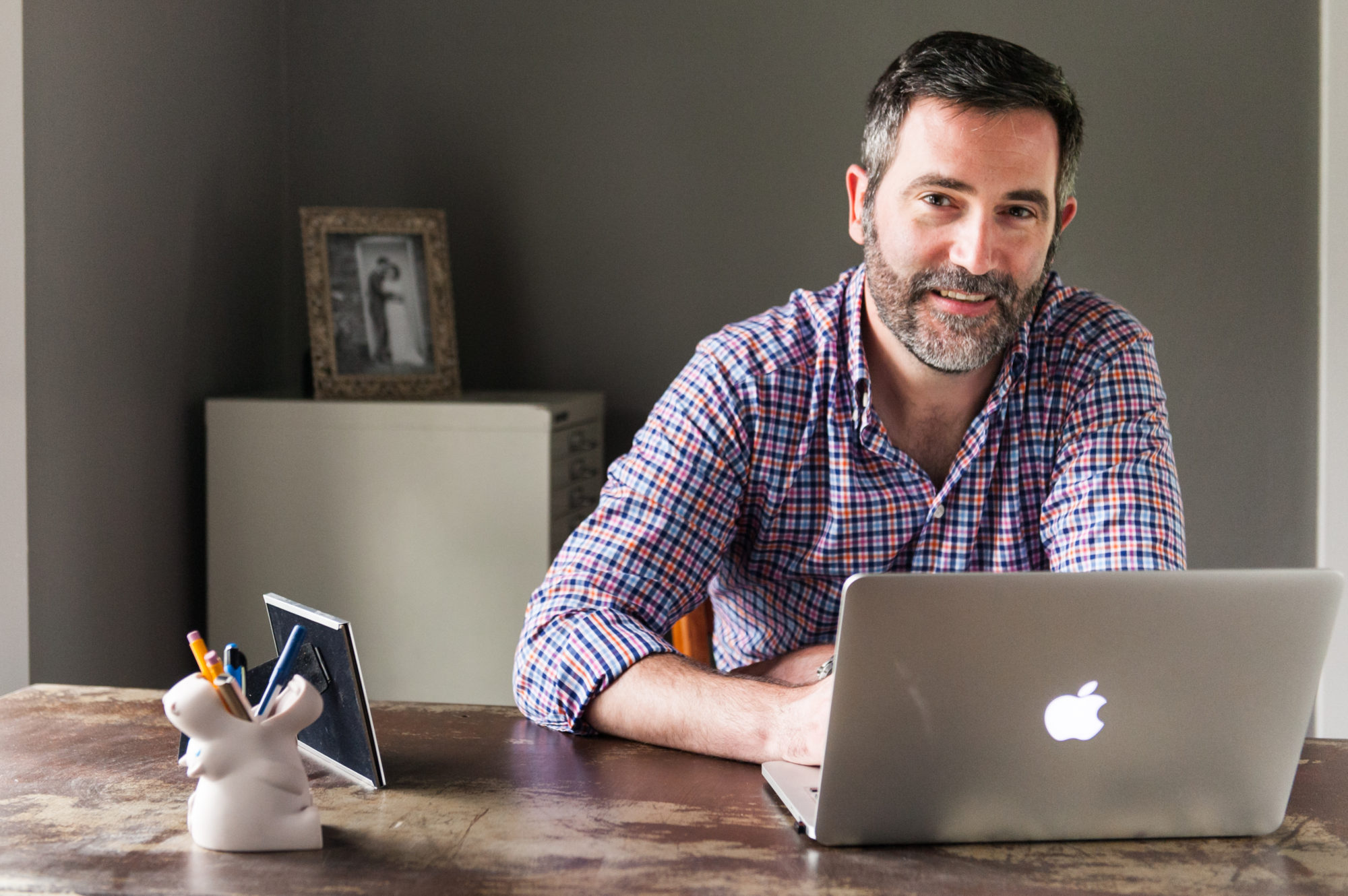It was 2008 and I was living in the mountains of Oregon and working remotely for a company headquartered back in my home state of New York. I had about three friends in Oregon when I moved and because I was telecommuting, I didn’t have the baked in social network that work provides. So I spent a lot of my non-work time by myself exploring all the amazing things Oregon has to offer like tons of hiking and mountain biking. But it was after a particularly nasty mountain bike crash that I had a revelation. It would be really easy to die, or at least get seriously injured, in the mountains doing some of the stuff I liked to do and nobody would ever know where I was. And since I didn’t have a huge social circle at the time it could be days before anyone even thought to look for me.
I suppose it would’ve been pretty easy to call somebody and tell them where I was going and when I expected to be back. But people are busy and that put the burden on them to remember when and if I checked back in. So what if I could automatically remind them?
I was drawn to computer programming because I like breaking problems down into pieces and solving them. So I sat down over the course of a couple of weekend nights and wrote a program to do just that. In a nutshell, my idea would allow you to choose a specific time when you wanted the system to check in with you. At that time you would let the system know you were OK by responding to it. If you didn’t respond, the system attempted to check in with you a few more times to avoid false alarms. If the system didn’t get a response after three tries it would notify an emergency contact you’d already established and let them know where you said you went and when you said you expected to be back.
The iPhone was released around the same time as I was working on this but apps weren’t as ubiquitous as they’ve become. So my application was designed to communicate via text message. At the appointed time, you’d get a text message reminding you to check in with the system. If you responded you were considered OK and that was the end of that. If you didn’t respond within a few minutes, the system would send another reminder text in 10-15 minutes. It would try checking in with you one more time before sending a text to your emergency contact letting them know they should try to get in touch and verify you were OK.
All the people I told about it were super excited to try it. Athletes wanted it for the same reasons I did. But most people also had other ideas about how it could be used. A single woman thought it made a great “safety net” for dating.
Previous to this I had no experience working with short message service (SMS) or any kind of mobile communications. But in about two weekends I had learned enough to build a working prototype. I designed a logo. I even talked to an attorney about potential liability and spent several hundred dollars to incorporate.
But I never did anything more about it. I wanted it to be better than it was. I had a list of other cool things I thought it needed to do. And I didn’t know how to do them. So instead I did nothing.
And every once in a while I get an email from somebody with the name of an app or a link and a note that says something like, “isn’t this like that idea you had that one time?” And the answer is usually, yes. Yes it is. Like Kitestring or bSafe or Nirbhaya. All apps that were featured recently in this Elle Magazine article. There’s even a company from Israel in my local tech incubator working on something very similar. But mine was more than an idea. Everything actually worked. And I wonder how some things might be different now if I had just launched with what I had instead of waiting for things to be perfect. Because what is perfect anyway?


